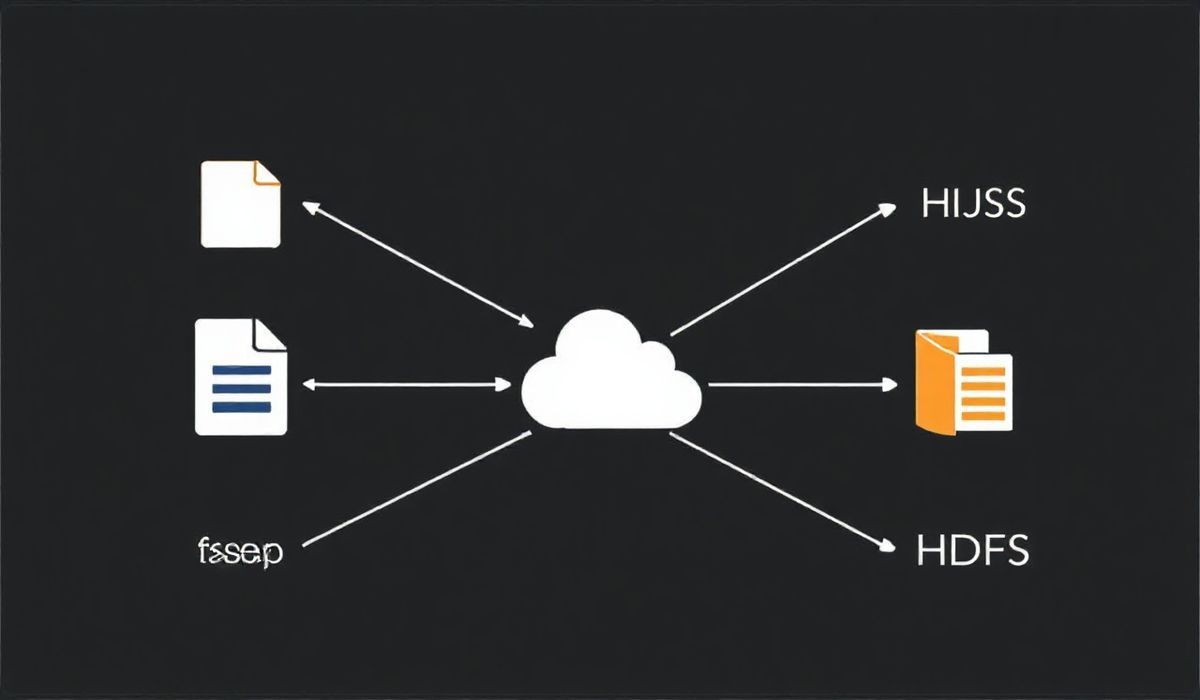Introduction to Livewire
Livewire is a full-stack framework for Laravel that makes building dynamic interfaces simple, without leaving the comfort of Laravel. It allows you to harness the power of reactive, Vue.js/Mix-inspired front-end magic, while staying within the bounds of Laravel, leveraging its robustness and elegance.
Getting Started with Livewire
First, you’ll need to install Livewire via Composer:
composer require livewire/livewire
Next, add Livewire’s JavaScript and CSS assets to your application by including @livewireStyles and @livewireScripts in your Blade view:
<head>
@livewireStyles
</head>
<body>
@livewireScripts
</body>
Creating Livewire Components
Create a Livewire component using the Artisan command:
php artisan make:livewire Counter
This will create two files: Counter.php in app/Http/Livewire and counter.blade.php in resources/views/livewire.
Counter Component Example
Edit Counter.php to look like this:
<?php
namespace App\Http\Livewire;
use Livewire\Component;
class Counter extends Component
{
public $count = 0;
public function increment()
{
$this->count++;
}
public function render()
{
return view('livewire.counter');
}
}
Then, edit counter.blade.php to look like this:
<div>
<button wire:click="increment">+</button>
<h1>{{ $count }}</h1>
</div>
Livewire Lifecycle Hooks
Livewire provides lifecycle hooks that allow you to execute code at specific points in a component’s lifecycle, such as mount, updated, and render. For example:
public function mount()
{
// Called once, immediately after the component is instantiated, but before render() is called.
}
public function updated($propertyName)
{
// Called every time a public property is updated.
}
Example Application
For a more complex application, you could build a simple task manager. Let’s create Task model:
php artisan make:model Task -m
In the migration file, define the table fields:
public function up()
{
Schema::create('tasks', function (Blueprint $table) {
$table->id();
$table->string('name');
$table->boolean('completed')->default(false);
$table->timestamps();
});
}
Create a Livewire component for managing tasks:
php artisan make:livewire TaskManager
In the generated TaskManager.php file:
<?php
namespace App\Http\Livewire;
use Livewire\Component;
use App\Models\Task;
class TaskManager extends Component
{
public $tasks;
public $name;
public function mount()
{
$this->tasks = Task::all();
}
public function addTask()
{
Task::create(['name' => $this->name]);
$this->tasks = Task::all();
$this->name = '';
}
public function render()
{
return view('livewire.task-manager');
}
}
And in task-manager.blade.php:
<div>
<form wire:submit.prevent="addTask">
<input type="text" wire:model="name" />
<button type="submit">Add Task</button>
</form>
<ul>
@foreach($tasks as $task)
<li>{{ $task->name }}</li>
@endforeach
</ul>
</div>
Conclusion
Livewire simplifies the process of building dynamic, reactive interfaces in Laravel applications. By following this guide, you should now have a solid foundation to continue exploring and leveraging the power of Livewire for your projects.
Hash: d9d67a3885e8b0d3716925cb1780600091f1c99b5a398ddfee83e614708c74e6




